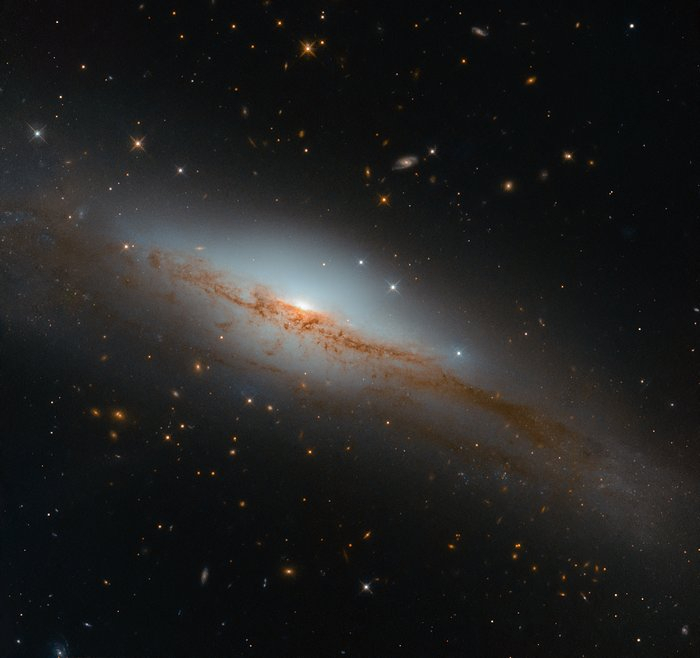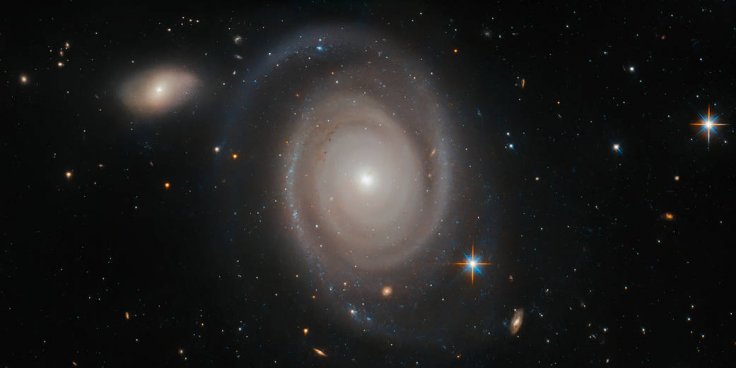
The European Space Agency (ESA) caught a glimpse of a bright galaxy showing off its powerful emission lines. According to the agency, the presence of these lines suggests that the galaxy might have vast star-forming regions.
In its latest photo, the Hubble Space Telescope, which is jointly operated by NASA and the ESA, was able to capture a stunning image of a galaxy known as NGC 3749. This is situated in constellation Centaurus and is about 135 million light-years away from the Solar System.
Although NGC 3749 appears like any other bright galaxy in Hubble's photo, the ESA stated that it is actually bursting with emission lines. In space, emission lines appear as galaxies emit traces of different elements within a spectrum of light.
Conversely, absorption lines appear as the galaxy absorbs elements. As explained by the ESA, the presence of emission or absorption lines can indicate what's happening inside a galaxy. These lines can also provide an idea of how massive a galaxy's black hole is.

"If a galaxy's spectrum shows many absorption lines and few emission lines, this suggests that its star-forming material has been depleted and that its stars are mainly old, while the opposite suggests it might be bursting with star formation and energetic stellar newborns," the ESA explained in a statement.
"This technique known as spectroscopy can tell us about a galaxy's type and composition, the density and temperature of any emitting gas, the star formation rate, or how massive the galaxy's central black hole might be," the agency added.
According to the ESA, strong emission lines can be seen radiating from NGC 3749, which could mean that the galaxy is rich in star-forming regions and stellar nurseries. Aside from this, the ESA noted that NGC 3749 maintains a steady luminosity. The agency explained that the galaxy's brightness is oftentimes used as a standard when it comes to studying other luminous and active galaxies.
"While not all galaxies display strong emission lines, NGC 3749 does! It lies over 135 million light-years away, and is moderately luminous," the ESA said. "The galaxy has been used a 'control' in studies of especially active and luminous galaxies."









